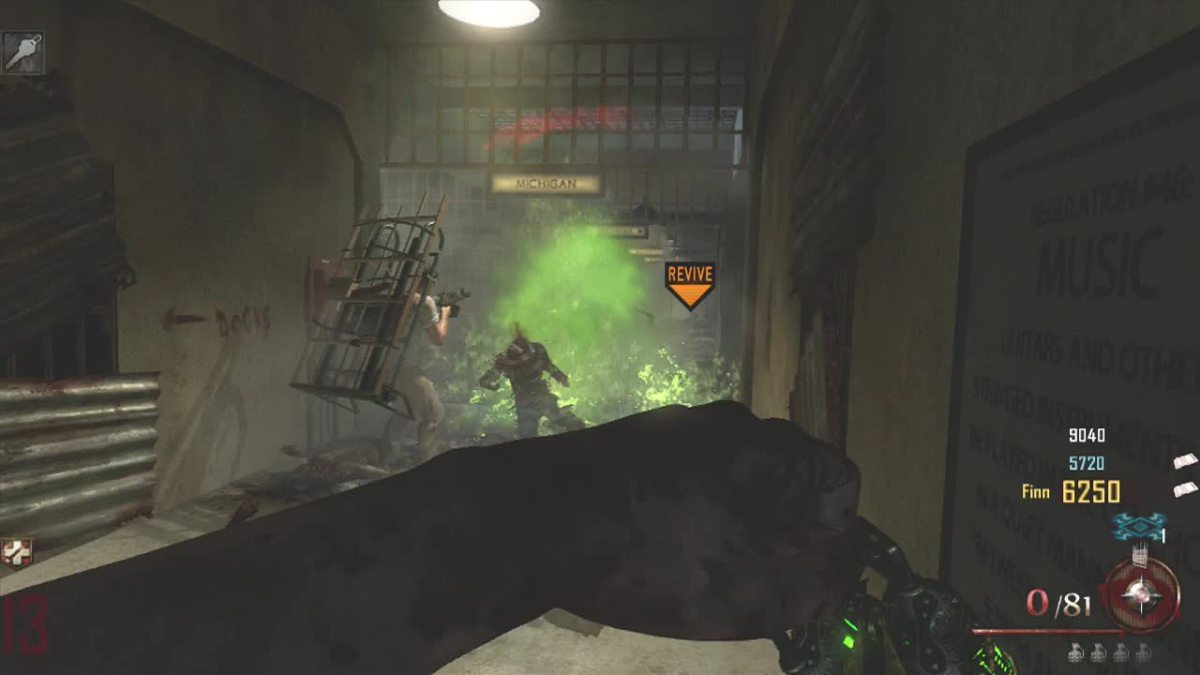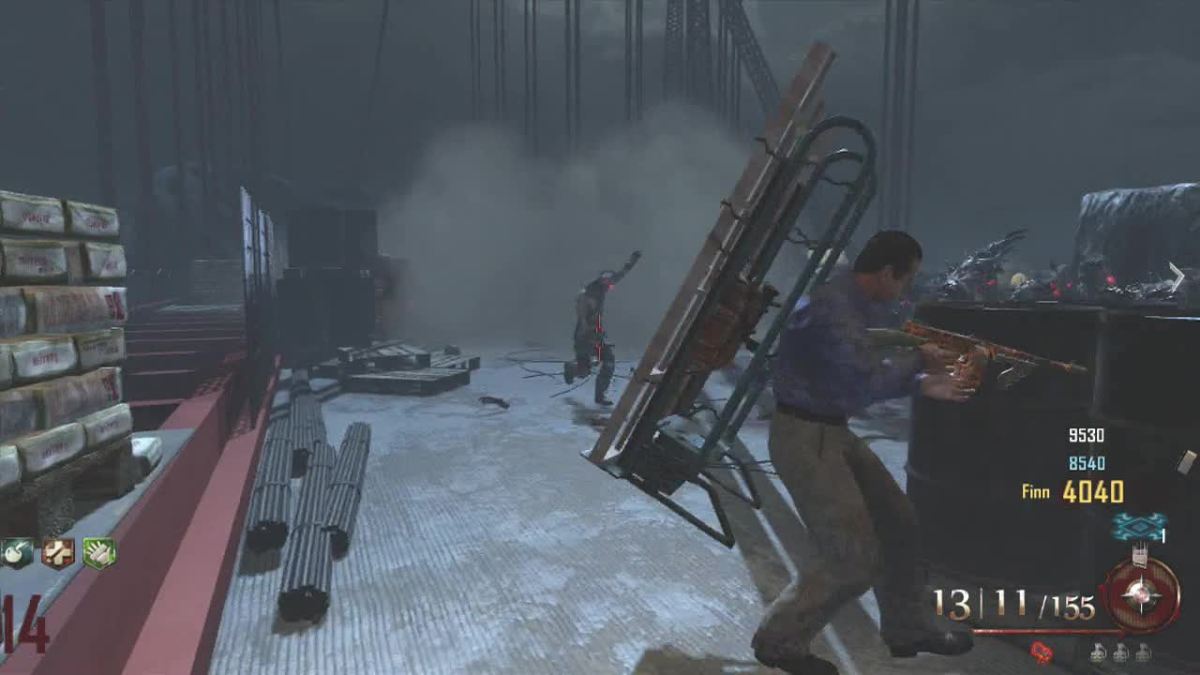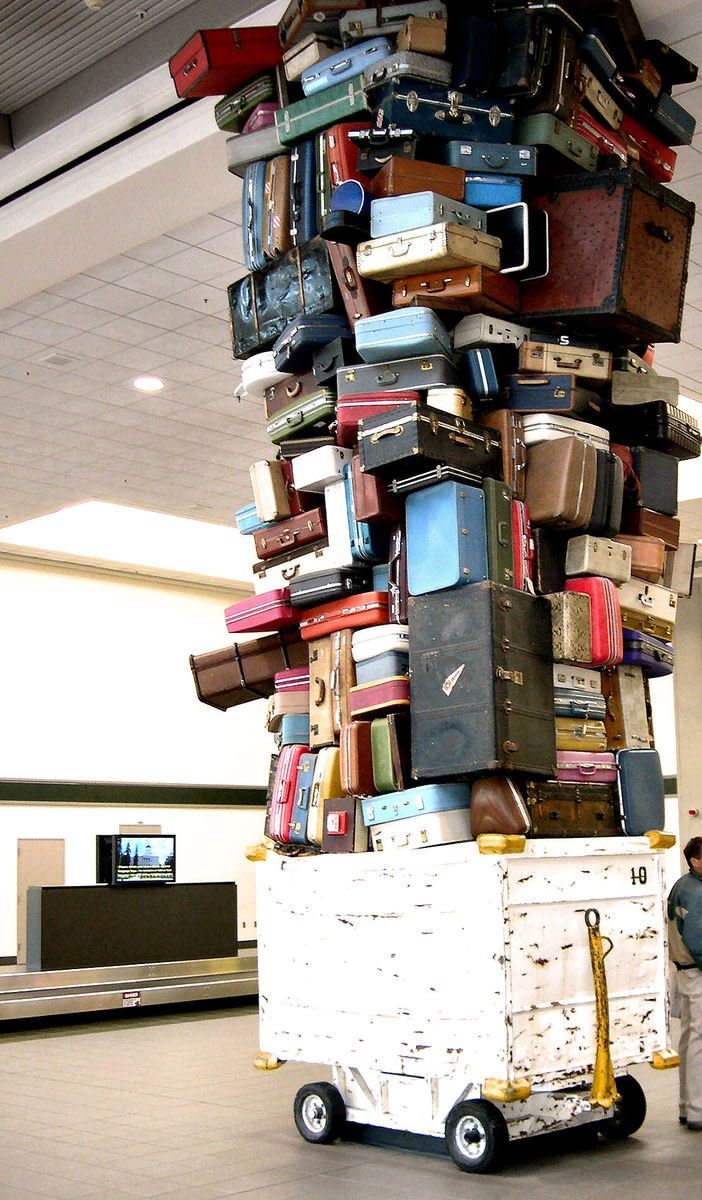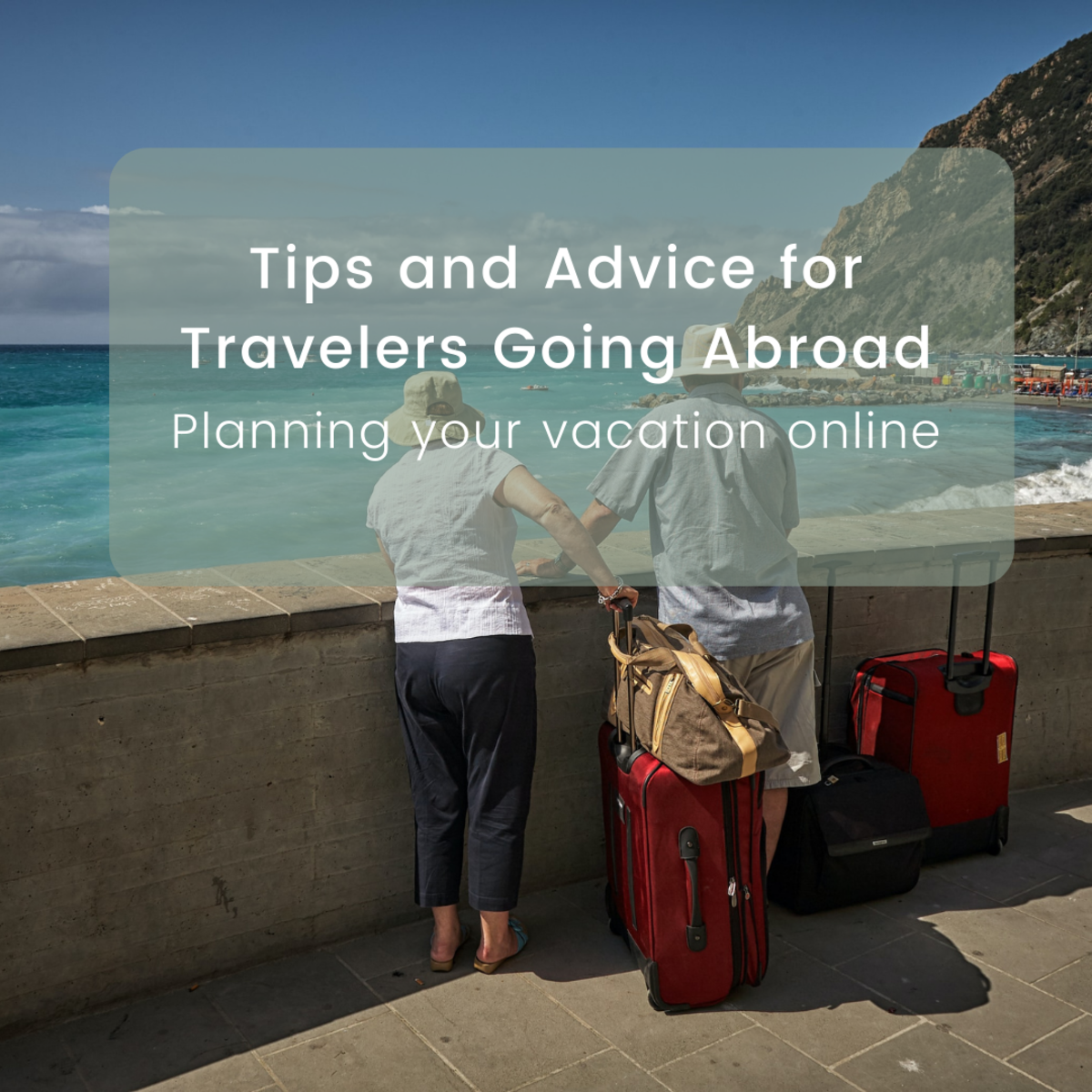Planning to Live Tiny: Part Two
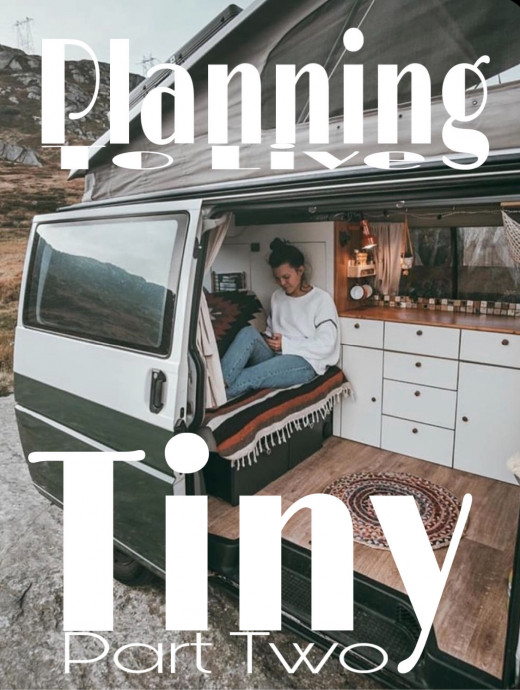
Welcome!
This is part two of my Planning to Live Tiny series. Last time, I covered why you would want to live tiny or if you even could. If you haven't checked that out, go ahead and do that first. That will get you a good start.
However, there is still so much more to think about and that's why I'm here. To help guide and walk you through the journey to tiny living. I am following along with this as well.
If you are here, you have decided that tiny living is an option for you in those aspects. Next up is to start getting deeper.
Ideally, money would be something to think about now. However, when building a camper van or tiny house, you have to consider the climate. Weather doesn't care if you live in a vehicle. Weather will not be nice to you. If you are going somewhere warm, you need to invest more money into an air conditioner or a good heater for cold environments.
We won't worry about that yet though. First, let's plan a trip! Shall we?
How I Planned My Locations
This was a fun project to work on. Yet, it was stressful at the same time. Not every location is ideal at certain times of the year and not every location is ideal for tiny living.
To make it easier, I made a chart in Google Docs. I added three columns at the top. There is one for the month, one for the location, and one for the duration. I probably won’t go to multiple places in a month, but that’s always an option too. Just make a bullet list for the locations and durations.

Make sure you note that these could change. When the time comes, you’ll want to keep an eye on the weather. Severe weather and living in cars do not mix well. You might have to change your location to avoid an unsafe situation.
Next, I went on to make a table of states that I for sure need to go to and the weather during the seasons for that location. I made this at the bottom of my Google doc. This allowed me to have all my locations visible and I could easily sort them out as I put them in their corresponding month. By corresponding, I mean that the weather in that location is ideal for tiny living that time of year.
Here’s what I mean:
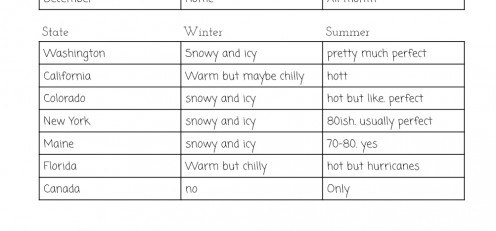
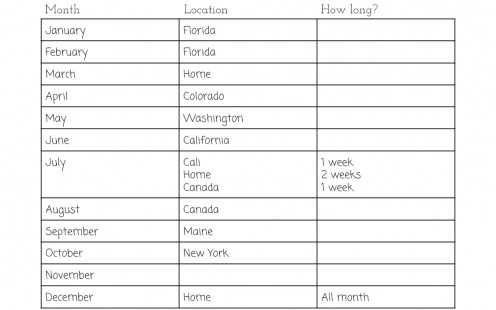
Another thing you will need to take into consideration is travel time and distance. This will require a certain amount of money so we will need this information later on anyway.
To do this, I got more specific in my locations by adding cities. This allowed me to be able to get a better idea of the travel time and distance. This will allow for future planning for things like gas, finding campsites and parking sites, and planning for tolls.
When picking cities, make sure you pick locations good for tiny living. In a bigger city, it might be significantly harder to find a parking spot or campsite. If you’re stealth camping, you would most likely be fine. You could park in a parking ramp, on a side road or a parking lot. Unfortunately, this would not be such a great option if you are doing a tiny house on wheels or a renovated RV.
Here’s what I came up with for mine:
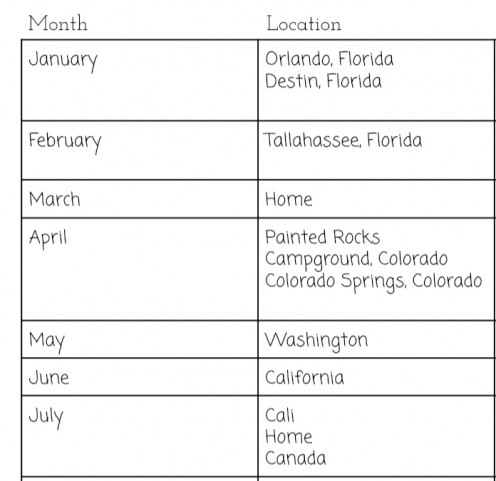
After deciding towns, I slowly get more specific. I put this information in the third column.
I will search for campsites in that area. Once I find one that meets my wants in a location and would allow me to park there, I move on to reviews.
When you read the reviews, you should pay attention to the date that the review was posted. A lot of the ones I was looking at in the beginning were multiple years old. As I kept reading more reviews, people would mention that the management had changed.
Paying attention to what the reviews said about the management and hosts were also a huge deciding factor for me as well. I saw a surprisingly large amount of reviews about management being hostile or lazy.
After deciding that a campsite meets my expectations, I move on to hunting down pricing. Some campsites have a website where I could find it. Unfortunately, some do not though. If they don’t have a website for you to research pricing, your next option is to go back to the reviews. Google has a feature that allows you to search for certain words in reviews. I would search “price” and “cost”. I learned that “$” does not work.
Once I found a location and price that works for me, I set it in stone by adding it to the list. I added length of time and any notes for me to remember, I put in parentheses.
I opted to stealth camp when I couldn’t find a location or price that met my wants and needs. I am going to use this option sparingly and only in big towns where I think I will be able to get away with it.
This is what my list looks like right now:
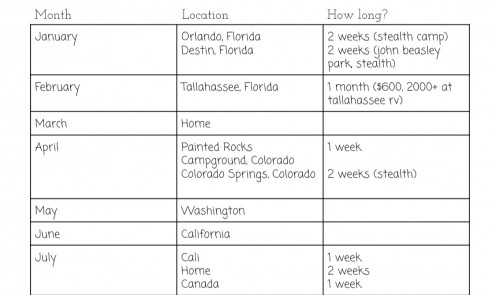
Finish
As you can tell, my list is incomplete. This is a bigger side project than I expected. However, it will be extremely helpful come time to use it.
I, personally, am going to continue working on mine throughout the entire planning and building process. This will also allow me to go back to my old locations and check the reviews and pricing again. This will be helpful as I can always change my destination before I leave. If you wish to finish it all before the next step, you can get it done and out of the way. That is great! I do still recommend keeping it up to date though.
That‘s all for this part of my Planning to Live Tiny series. I hope this was a fun little project and I hope you come back next week.
Next week, we will be working on figuring out what all you will take and where and different types of popular vehicles for converting and their interior dimensions.
Save and use my template!
- Tiny Living Trip Planning Guide Template - Google Docs
Like my template I made? Save your own free copy to your Google drive for yourself to edit!
This content is accurate and true to the best of the author’s knowledge and is not meant to substitute for formal and individualized advice from a qualified professional.
© 2020 Elyssa Brock

